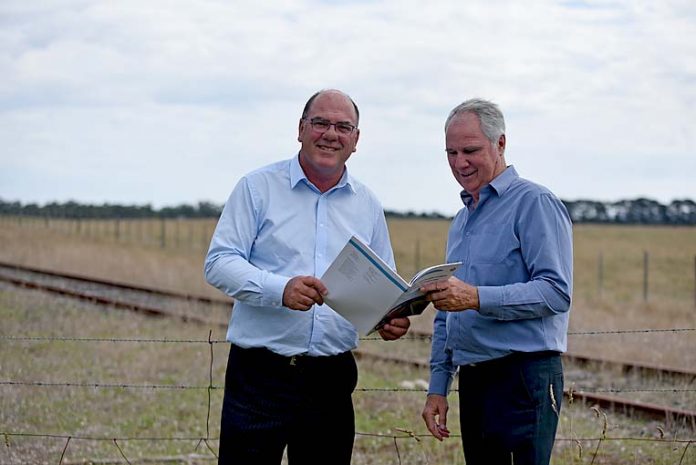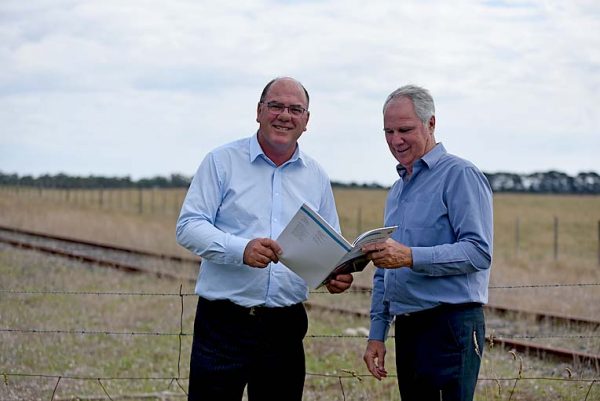

THE possible return of rail freight could gather speed amid a new report revealing a $15.6m potential saving for the Limestone Coast’s extensive commodity sector.
Undertaken by the CSIRO, the highly anticipated report was released by the region’s peak development body.
The study – unveiled to a group of industry stakeholders yesterday – mapped the freight task and supply chains for major commodities including timber, livestock, dairy products and crops.
One of the largest potential users could be the region’s tissue/paper making sector, which could potentially save a staggering $12m per year.
The region’s freight corridor has remained idle after the last freight train left the Mount Gambier former station yards in 1995.
Mount Gambier is among only a cluster of regional cities across Australia that has no rail freight.
Figures suggest reinvigorating the line between Heywood and Mount Gambier could cost up to $150m, which could offer a return on investment within nine years.
The report also revealed rail freight would slash the region’s carbon dioxide emissions, the equivalent of removing 1842 passenger cars or 143,000 tree seedlings growth for 10 years.
The potential investment would also include establishing a freight depot (intermodal) on the eastern outskirts of Mount Gambier from where the rail would be re-instated along the existing corridor to Heywood.
While the study found the Mount Gambier- Heywood link could be beneficial, the line between the Blue Lake city and Wolseley would deliver low economic benefits.
Regional Development Australia – Limestone Coast chair Peter Gandolfi said the report showed reinstating the line along the unused rail corridor would open the door for products to more efficiently reach major Australian markets and ports.
“The next step is to work with governments to undertake a full engineering assessment and cost analysis for the reinstatement of the rail line between Mount Gambier and Heywood,” Mr Gandolfi said yesterday.
He said there was potential to reopen the line from the eastern outskirts of Mount Gambier to link with existing rail services at Heywood.
“This report has critically analysed the volume, variety and movement of the commodities in our region so we can understand our region’s freight demand and supply chains and the opportunity for rail in the Limestone Coast,” the development leader said.
“This analysis estimated road and rail transport costs for major commodities moving across and out of our region. Crucial to the process was identifying where potential savings can be made through reinstating rail for current and future freight demands.
The report revealed commodities – which were included in this study – about 527,000 truck movements used at least part of the Limestone Coast region’s transport network.
Of these, about 476,000 movements originate in or are destined for the region.
Not only did the report identify direct freight savings for regional businesses, but indicated other economic and social benefits if a rail freight service was reinstated.
“A further $1.5m in savings each year has been identified through reduced road maintenance and avoided accidents,” Mr Gandolfi added.
“With our economic prosperity in this region being directly linked to market access, the cost of transporting our product to market is critical,” Mr Gandolfi said.
The report provided an analysis of total and per tonne transport costs and potential transport cost reduction by commodity and mode of transport.
Mr Gandolfi said this meant decision-makers now had clear information to make investment decisions on infrastructure needs.





